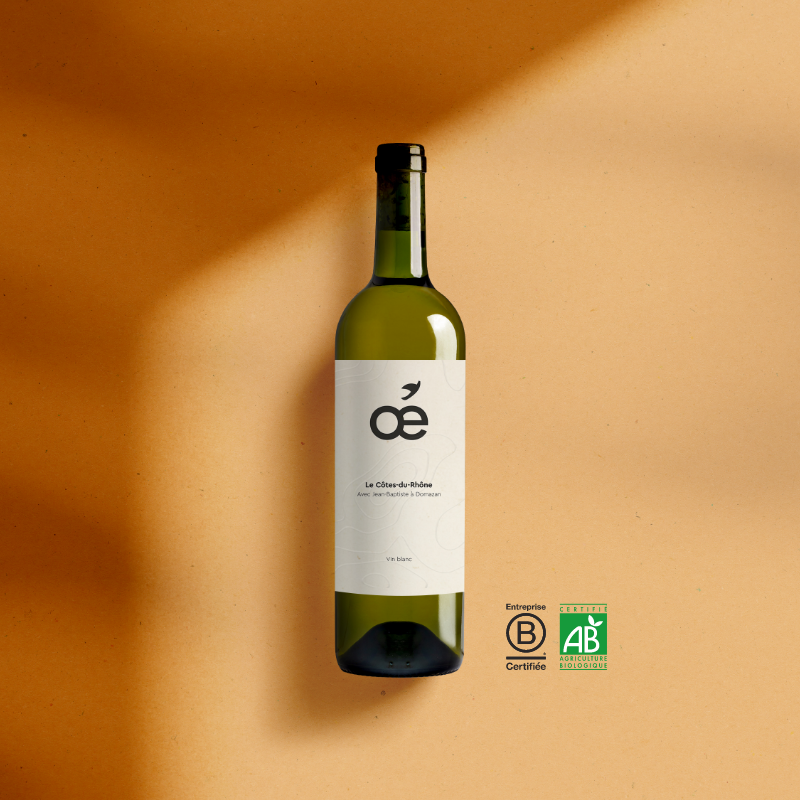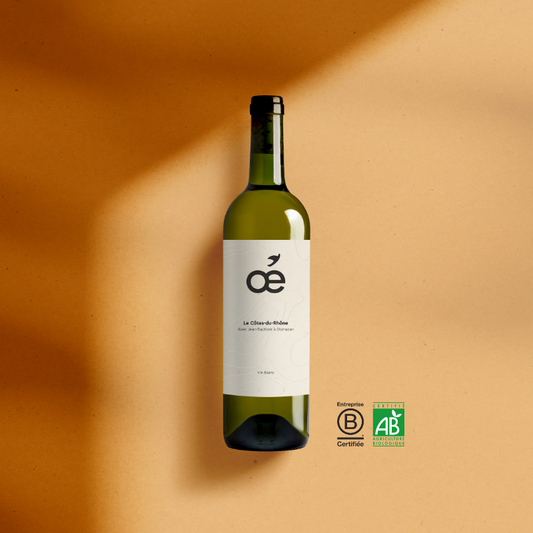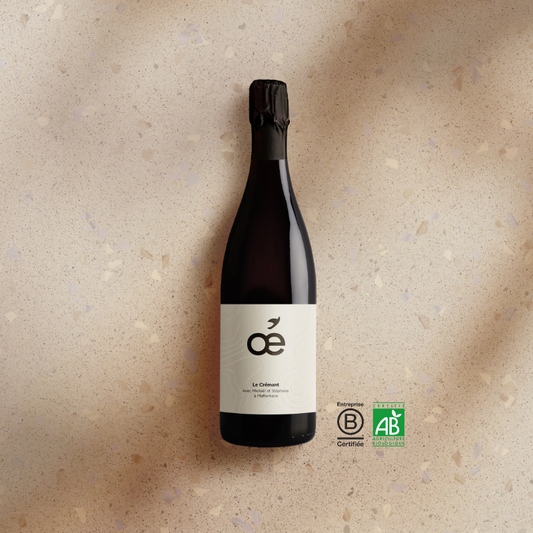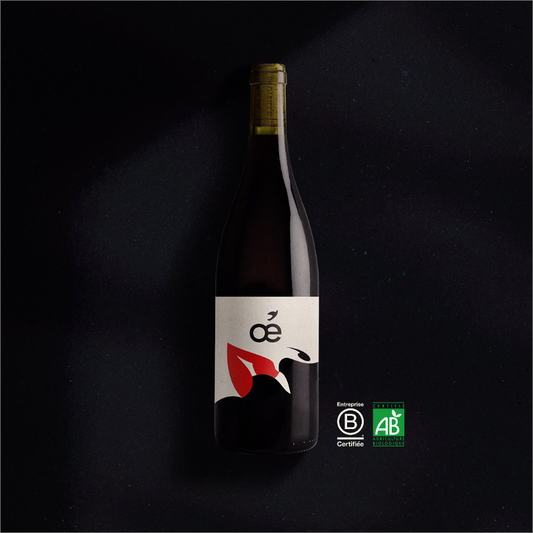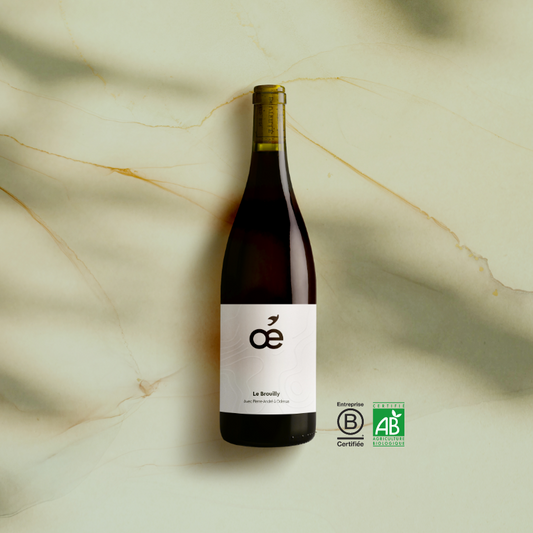Winter has arrived, nature falls asleep peacefully and it is time for the vines to rest. On the other hand, for our winegrower friends , the winter period is far from being a period of complete rest. It's time to prune the vines and it's a crucial step because it affects the proper development of the next harvest. It is also the time to lavish care on the vines and the land, to plant new vines. In the cellar , work is also going well. You want to know more ? That's good, we've prepared a little overview of life in the vineyards in winter, let's go!
Pruning vines in organic vineyards
In winter, the vine goes into a well-deserved sleep called winter rest. This rest coincides with the start of work in the vineyards . A new wine campaign begins. During the fall, the winemaker carried out pre-pruning and work to prepare the vines for winter, such as repairing iron wires and removing damaged stakes. If you want to know more about the work of the vine in the fall, we give you an appointment here!
The heavy lifting really begins around Saint Vincent's Day on January 22. The winter period is ideal for pruning because to resist the cold, the sap of the vine will gradually descend from the plant to settle in the roots. The vine saves its energy as much as possible and concentrates in the most vital parts to survive the frosts and the cold of winter. Pruning work is easier for the winegrower because the wood is easier to break. If you cut the wood too early at the end of autumn, you run the risk of causing the sap to flow and causing the vine to heal poorly.
We can think that this work is simple at first sight, that it is enough to bring a shears and presto. The pruning of the vine is actually a complex practice that requires a lot of experience and know-how. Pruning is done by hand and pruning shears are indeed a tailor's best friend. The purpose of pruning is to regulate the vine to obtain good grapes, because if the vine is not pruned, it grows continuously. It must therefore be ensured that it will always produce more fruit than wood. An unpruned vine gives many small acid grapes that cannot be exploited, the operation is important for the sustainability of the culture and to offer good organic wine . To properly prune a vine, you have to have a good eye and select the right buds, that is to say the small excrescences on the stems which contain the germ of the fruit. Some buds will not give grapes. We prune to remove unnecessary wood, favor the stems that will bear fruit and organize the good growth of the vine stock.

Pruning usually lasts until mid-March but may continue beyond that. It is at this time, on the eve of spring , that the sap comes out of the scars left by pruning, we call it the cry of the vine , it's poetic isn't it? Late pruning at the beginning of spring is recommended for regions where frost is still present, hence the saying “Prune early, prune late, but nothing beats pruning in March”.
The pruning can be single or double, that is to say that we keep one to two buds per vine for the single pruning , the double pruning keeps four to eight buds per vine . The vine shoot is the tree branch of the vine.
There are different types of pruning : Guyot pruning, Goblet pruning, Cordon-Royat pruning . ..We explain them to you in detail.
- Guyot pruning is a pruning that can be single or double (one or two vine shoots are kept). It is quick and simple but exhausting for the vine. It is also considered the most productive. The stump of the vine contains a long arm called the upper vine shoot and a small spur of one or two buds called the lower vine shoot. For double pruning , two shoots are kept . It is practiced in Alsace, Burgundy and Bordeaux,
- Goblet pruning is a simple pruning practiced in the Mediterranean on low vines where the grapes grow at the bottom of the ground. We generally keep three to five branches per vine,
- Cordon de Royat pruning is a pruning where the vine stock is bent in the shape of an elbow, the buds are allowed to develop horizontally on the trellising of the vine. This practice is the most suitable for mechanization because the grapes will all be aligned on the same plane.
The next time you visit a vineyard, get closer and try to distinguish what types of pruning the winemaker has carried out on his vineyard.

The protection of the vine
In winter, the winegrower does not only take care of pruning, he takes care of his vines in different ways. Pruning existing vines is important, but so is planting new young vines. We therefore take care of the planting of the vines which will be brought to grow later. We continue to repair the damaged wires and posts.
In winter, it's cold, it's the perfect time to sit next to the fireplace and drink a good hot chocolate. The vines stay outside and the frost is their formidable enemy. You have to find ways to keep them warm to help them get through the season. Hilling and heating candles are the most economical means. Hilling consists of covering the vines with earth. Lighting the vines with candles is an ancient technique used to warm up the vineyard. The spectacle offered by the candles is worth the detour for its beauty, a very good way to combine business with pleasure. The vine shoots and wood pruned during the first prunings find a new use. They are first hung on iron wires so that the young vines are on the same plane, then they are collected and piled up to be burned. These fires have the advantage of warming the vines and the workers who work in the vineyard.
During the fall, the winemaker assembled enough soil on the vines to protect them from the cold. As soon as the temperature rises and the frosts are over, the winemaker bares the vines in March, i.e. he brings the earth back between the rows of vines, we work the earth for the following year, we plow and in some organic vineyard plots, it is not uncommon to see animals like horses taking care of this task.
Winter in the cellar
In the cellar, new wines are assembled and tasted , new wines are bottled while continuing to mature wines for laying down. Great wines can stay several years in barrels. The winemaker has the choice of letting his wine age in vats or in barrels. The oak barrels will give different aromas to the wines and a woody taste.
During the winter, the winemaker separates the clear wine from its deposit by passing it from vat to vat, this is called racking. In March, the malolactic fermentations generally end in March, but this does not mean that the winegrowers are bored, far from it. In winter, the grapes are harvested and used to make ice wine. Ice wine is wine made from very late harvests that take place in winter when the grapes are frozen. During vinification, the grapes are pressed and the evacuation of the ice will release even more sugar. This practice is used in Europe as well as in North America and especially in Canada. In France, the production of ice wine is also found in Alsace under the name of “a special cuvée”. This is another Alsatian wine to taste in addition to the famous Crémant d'Alsace.
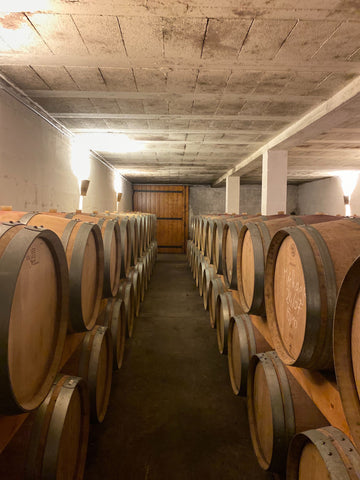
In January, we proceed to topping up , it is an operation which aims to keep the barrels full by adding wines of the same quality to the barrels. The wine contracts and reduces with the drop in temperature, it is necessary to watch the barrels well and keep them at a good level to avoid oxidation. Winter is a time when wine tasting and professional fairs take place. The winegrower puts down his pruning shears and takes off his gloves to put on another cap, that of a sales representative. The winegrower has his wine tasted, details his estate and his vineyard, prospecting and looking for new sellers.
Winter is a full season for the winegrower and his vineyard , between pruning and resistance to cold. After the rain, comes the good weather as the famous saying goes. As the sap rises from the vine and begins to weep, the vine may paradoxically begin to smile, spring will soon arrive and a new season begins for the vine. We'll tell you more in a future article ;)